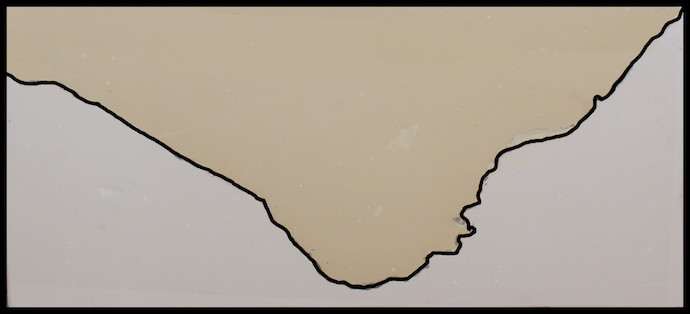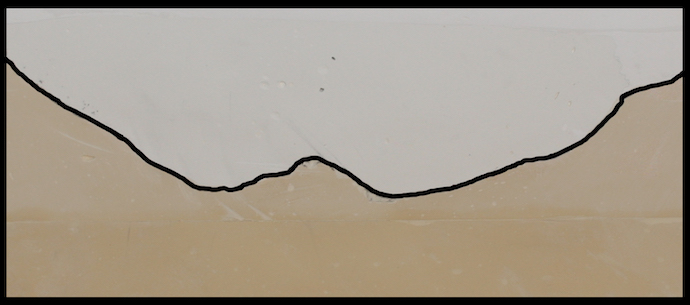Article Highlights:
- A coulter system is a one-pass solution for spring strip-till, fertilizer placement and seedbed preparation.
- Zone tillage and fertilizer placement with a coulter system distributes fertilizer through a larger volume of soil for easier access to roots.
- Risks of shank strip tillage in the spring include sidewall smearing and leaving an open trench.
Many farmers across North America experienced less than desirable harvest conditions during 2018. Late harvest and excess moisture and/or early freezing conditions made fall fertilization and tillage impossible for many. If you were faced with challenging fall field conditions that prevented tillage and fertilizer placement, spring zone tillage may be your answer. Using a coulter-based strip- or zone-tillage system will allow you to perform tillage, seedbed prep and precise fertilizer application in one pass. You will be able to not only apply starter or pop-up but the entire season’s P, K and micros along with a good measure of nitrogen as well.
Will Spring Tillage Work for Me?
Spring tillage under high residue conditions, such as many are finding themselves faced with in 2019, can sometimes be challenging – even with row cleaners to help move residue out of the tillage zone. Zone cleaners help prevent large pieces of residue from becoming buried in the soil where they may affect seed to soil contact. Following row cleaners with a coulter system that uses a rolling and mixing action to till, mix in fertilizer, and resize any remaining residue helps create a plantable seedbed instead of just a strip of tilled soil. A shank or knife system uses a slicing and dragging motion as it moves through the soil which limits mixing and can leave shear or smear zones. In high residue environments, the shank can even become a rake of sorts and plug with stalks.
Shank or Coulter for Spring Tillage?
Spring tillage using a shank can work at times, but the risk always remains of sidewall smearing and leaving an open trench under certain soil conditions, especially when the soil is moist. A rolling coulter system rolls rather than cuts like a shank and knife which reduces the potential of chunking, smearing, and perhaps most importantly – creating a hot band of fertilizer. When running a shank through the soil you are generally left with a V-shaped profile (image 1) which contains a hot band of fertilizer running at the deepest part of the trench. That intense, concentrated band can be very detrimental to the seed or seedling due to salt injury or burning in addition to leaving areas of the tilled seedbed without rapid access to the fertilizer. (See article: Is Zone Placement Better Than Banding Fertilizer?) A coulter system creates a “box” or more rectangular profile as it moves through the soil (image 2). This zone contains 30-60% more tilled soil volume. When mixed properly with the fertilizer, that zone created by a coulter system can provide ready-access to seedlings no matter where the root heads. It also de-concentrates that narrow band, mixing the fertilizer with a much larger volume of soil and providing further seed safety benefits.

Image 1: Shank strip-till system creates a V-shaped profile.

Image 2: Coulter strip-till system creates a more rectangular zone.
Fertilizer Distribution Throughout the Zone
The current buzz is around using a 2 x 2 x 2 fertilizer system on your planter to get pop-up or starter fertilizer 2 inches down and 2 inches to each side of the seed. When using a coulter-based strip tillage system you are doing exactly that plus some – putting fertilizer on ALL sides of the seed so it can shoot out roots 360 degrees. With zone fertilizer placement, roots can be assured of finding nutrition versus only left or right with a 2 x 2 x 2. While this type of placement is thought of by many as “new” in the industry, it is something strip tillers have done for years. An additional benefit of zone fertility placement with a spring strip-till pass is that you can now skip that step during planting – less tendering of the planter and less chance to spray and splash fertilizer on those expensive planter parts.
Spring tillage and precision nutrient application via strip-till – it could be the answer to your spring 2019 challenges!






